Geotechnical Engineering for Mine Waste Storage Facilities
Chapter 1: Waste Engineering, Characteristics of Mine Wastes and Types of Waste Storage * The nature and magnitude of the mine waste storage activity * Origins and quantities of mine waste * The effects of climate * Waste characteristics * Principles of mine waste management * Types of mine waste storage * Philosophy and arrangement of this book Chapter 2: Selection of a Site for Storage of Mine Waste * Procedure for site selection * Preliminary assessment of required size of site * Possible fatal flaws in candidate sites * Seeking and obtaining public acceptance * Preliminary ranking of candidate sites * Site feasibility study * Risk analysis * Environmental impact report * Preliminary geotechnical characterization of waste * Preliminary site investigation * Final site selection * Examples of disastrous selection of sites Chapter 3: Geotechnical Exploration of Sites for Development of Mine Waste Storages * Soil engineering survey * Soil engineering data * Detailed information for design of slopes & seepage control * Profile description * Simple in situ tests and soil sampling * Taking undisturbed soil samples for laboratory testing Chapter 4: Environmental and Engineering Characteristics of Mine Waste, Including Stress and Strain Analysis and Laboratory Shear Testing * Characteristics having environmental impact * Engineering characteristics * Changes of waste characteristics with time, and other considerations * Analysis of stresses and strains and the principle of effective stress * The behaviour of mine waste materials subjected to shear * The process of consolidation and pore pressure re-distribution in laboratory shear tests * The strength and viscosity of tailings at large water contents * The shear strengths of interfaces * The shear strength of waste rock * Strain softening of "dry" coarse mine wastes * The mechanics of unsaturated waste materials Chapter 5: In Situ Shear Strength Testing of Tailings and Other Waste Materials and Test Interpretation * The shear vane test * The pressuremeter test * The cone penetrometer test * Estimation of potential for liquefaction from cone penetration tests Chapter 6: Measuring the Coefficient of Permeability in the Laboratory and In Situ, Seepage Flow Nets, Drains and Linings, Geosynthetics, Geomembranes and GCL's * Measuring permeability * Observed differences between small scale and large scale permeability measurements * Laboratory tests for permeability * Methods for measuring permeability in situ * Estimation of permeability from field tests * Large-scale permeability tests using test pads * The permeability of tailings * Seepage and flow nets * The design of filter drains * Calculation of seepage rates through tailings storages * The processes of consolidation and pore pressure re-distribution * Basal impervious liners and surface cover layers * Blockage of filter drains and geotextiles * Geosynthetic materials Chapter 7: The Mechanics of Compaction * The compaction process * Uses of compaction in mine waste engineering * The mechanisms of compaction * Relationships between saturated permeability to water flow and water content * Laboratory compaction * Precautions to be taken with laboratory compaction * Compaction in the field * Designing a compacted clay layer for permeability * Seepage through field-compacted layers * Control of compaction in the field * Special considerations for work in climates with large rates of evaporation * Additional points for consideration Chapter 8: Methods for Constructing Impounding Dykes for Storing Hydraulically Transported Tailings and Other Fine-Grained Wastes * Deposition methods and sequences * Beach formation in hydraulic deposition of fine-grained wastes * Predicting beach profiles * Details of particle size sorting during hydraulic deposition * Effects of particle size sorting on permeability, water content and strength variation down a beach * A comparison of tailings beaches formed in air and in water * Methods for depositing slurries of tailings and other fine-grained waste materials * Operational systems for tailings storages * An example of building an embankment by underwater deposition * Pool control and decanting Chapter 9: Water Control and Functional and Safety Monitoring for Hydraulic Fill Tailings Storages and Dry Dumps Safety Appraisal Special Considerations for Carbonaceous and Radioactive Wastes * Basis of a water control system * Penstocks or decant towers and spillways * Monitoring systems for waste storages * Appraisal of safety for waste storages * Special considerations for carbonaceous wastes * A note on characteristics of radioactive wastes Chapter 10: Water Balances for Tailings Storage Facilities and Dry Waste Dumps * Water balances in general * Required data * Components of the water balance for an operational tailings storage * Examples of water balances for operating hydraulic fill tailings storage impoundments * The possibilities for saving water * Seepage from the tailings storage into the foundation strata and the recession of the phreatic surface following cessation of operations * Drainage of interstitial water as the phreatic surface recedes * The water balance for a "dry" dump or a closed and rehabilitated tailings storage * Measuring potential infiltration and runoff * Estimating evaporation or evapotranspiration * Measuring evaporation by solar energy balance * Depth to which evaporation extends * The effects of slope angle and orientation on solar radiation received by slopes of waste storages * Water balances for "Infiltrate, Store, Evapotranspire" (ISE) covers and for impervious cover layers on mine waste storages * The water balance for a dry ash dump * Disposal of industrial waste liquids by evaporation and capillary storage in waste * The role of soil heat G in evaporation of water from a soil * Further points to consider * Principles of the measuring weir Chapter 11: Failures of Mine Waste Storages * Failures: causes, consequences, characteristics * Failures of hydraulic fill tailings storages caused by seismic events * Flow failures caused by overtopping * Failure caused by increasing pore pressure * Failures caused by excessive rate of rise * Failure caused by poor control of slurry relative density * Post-failure profiles of hydraulic fill tailings storages * Analysis of the motion of flow failures * The effects of failure geometry on insurance rates * Failures of dumps of coarse wastes * Failures caused by collapse of tailings storages into subterranean caverns or underground workings * Failures of impervious linings installed on steep slopes * Methods for analysis of the stability of slopes * Further points regarding the failure of slopes Chapter 12: Surface Stability of Tailings Storages Slopes - Erosion Rates, Slope Geometry and Engineered Erosion Protection * Past practice for slope angles of tailings storages * Acceptable erosion rates for slopes * Wind erosion compared with water erosion * Acceptable slope geometry for tailings storages * Protection of slopes against erosion by geotechnical means * Special considerations applying to badly eroded abandoned or neglected tailings storages * The effect of eroded tailings on the surroundings of a storage of sulphidic tailings * Wind speed profiles, amplification factors and wind erosion * Wind speed profiles over natural and constructed slopes * Wind tunnel tests on model waste storages * Erosion and deposition by wind on full size waste storages * Analysis of particle movement in the wind * Summary of points to be considered Chapter 13: The Use of Mine Waste for Backfilling of Mining Voids and as a Construction Material * Applications of backfilling * Backfilling of shallow underground mine workings to stabilize the surface * The properties of mine waste as a structural underground support in narrow stopes * Measurements in situ of stresses and strains in fills at great depth * Supporting narrow stopes with steel-reinforced granular tailings backfill * The behaviour of steel mesh-reinforced square columns of cemented cyclone tailings underflow (grout packs) * The use of geotextiles for temporary retention of backfill in narrow stopes during hydraulic placing * The use of mine and industrial wastes in surface construction
{{comment.content}}
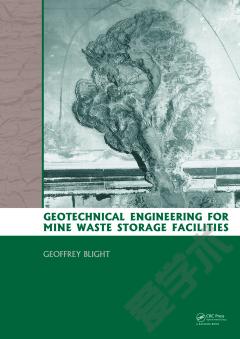

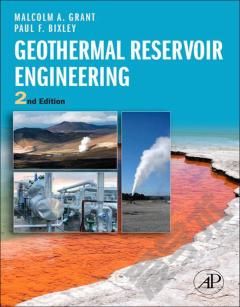

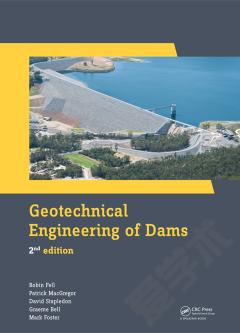
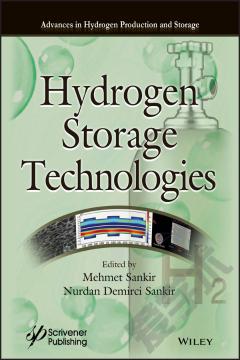
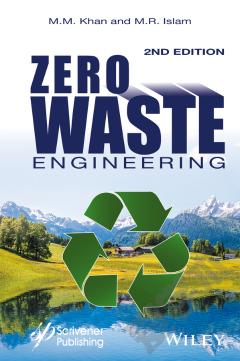

 京公网安备 11010802027623号
京公网安备 11010802027623号